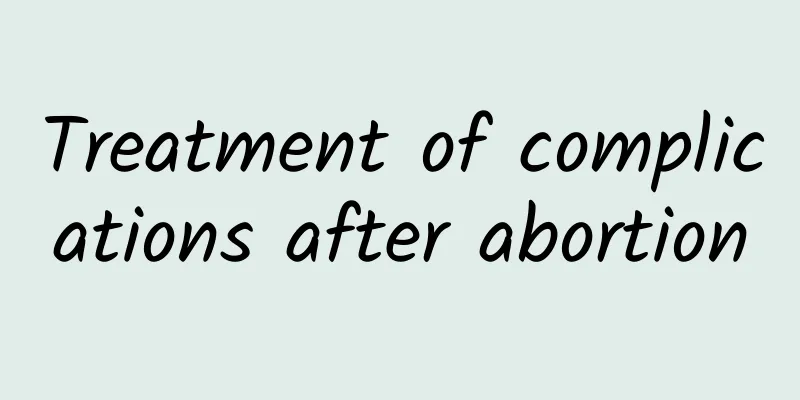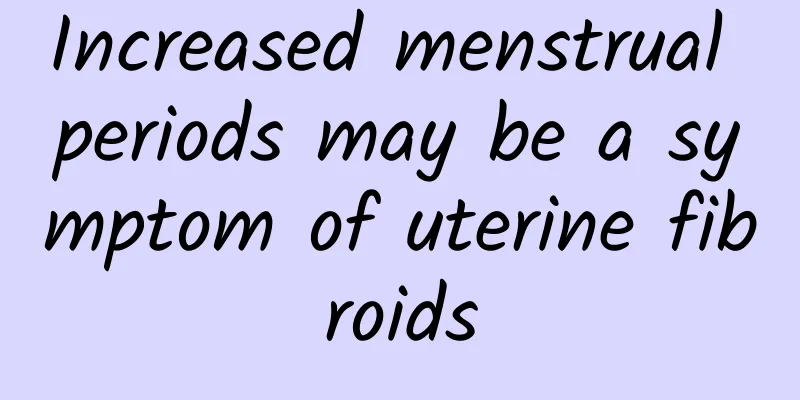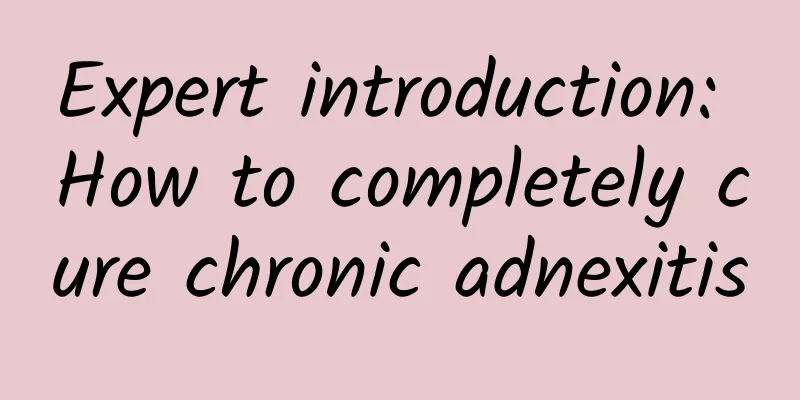Treatment of complications after abortion

|
Women may experience some complications after artificial abortion, such as incomplete uterine aspiration, postoperative infection, post-abortion bleeding, and adhesions in the uterine cavity or cervical os, etc. The treatment of each complication is as follows: 1. Incomplete uterine aspiration If there are no obvious signs of infection, diagnostic curettage should be performed promptly, and the scrapings should be sent for pathological examination. Antibacterial drugs should be used after the operation to prevent infection. 2. Postoperative infection If the amount of vaginal bleeding is not large, broad-spectrum antibiotics can be used first, and curettage can be performed after the infection is controlled; if the amount of vaginal bleeding is large or the infection is not controlled after the use of a large amount of antibiotics, intravenous antibiotics and blood transfusion are required. At the same time, the contents of the uterine cavity are clamped out with oval forceps to control bleeding, and antibiotics are continued after surgery. After the infection is controlled, a thorough curettage is performed; when combined with septic shock, shock is actively rescued; when the infection is severe or there is abscess in the pelvis, surgical drainage is performed, and the uterus is removed if necessary. 3. Bleeding after abortion If there are pregnancy residues in the uterine cavity and they are large, a diagnostic curettage should be performed and the scrapings should be sent for pathology; if they are smaller, oxytocin can be injected and antibiotics can be given to prevent infection; oxytocin can be given when the uterus contracts poorly; antibiotics can be given when there is an infection in the uterine cavity; hemostatic drugs can be given when there is a coagulation disorder, etc. 4. Adhesions in the uterine cavity or cervical os When the internal os of the cervix is adhered, a probe should be inserted deep into the cervical canal, slowly separated and probed into the uterine cavity. After the accumulated blood has drained out, the cervix should be dilated with a cervical dilator. When there is adhesion in the uterine cavity, a probe or dilator should be inserted into the uterine cavity and then swung horizontally left and right to separate the adhesion, or the adhesion can be separated under direct vision of the hysteroscope, and then an intrauterine contraceptive device can be placed, and artificial cycle therapy can be used for treatment. |
<<: Medical curettage can treat unmarried patients with anovulatory functional uterine bleeding
>>: Will cervical erosion affect your sex life?
Recommend
Will abortion affect childbearing? What should be paid attention to in postoperative care?
For various reasons, many women have to choose ab...
How to choose various surgical methods for uterine fibroids
Surgery is a traditional and effective method for...
The battle of calorie-based weight loss starts now
In order to promote the healthy weight loss conce...
Does threatened miscarriage have any impact on the fetus?
Does threatened miscarriage have any impact on th...
What factors cause cervical hypertrophy?
The phenomenon of cervical hypertrophy is very co...
What causes irregular menstruation?
What are the causes of irregular menstruation? So...
Specific introduction to common early symptoms of ovarian cysts
Ovarian cysts are an ovarian disease that many wo...
Pay attention to the cause of uterine fibroids and our health
What are the causes of uterine fibroids? How do t...
What is Ⅲ degree cervical erosion? Medical definition of Ⅲ degree cervical erosion
Grade III cervical erosion is actually the most s...
Experts teach you how to prevent cervical erosion scientifically
Cervical erosion is a gynecological disease with ...
Can rubbing the base of the thumb relieve menstrual pain?
Can rubbing the base of the thumb relieve menstru...
Different types of menstrual disorders have different symptoms
Different types of irregular menstruation have di...
Dietary treatment for threatened abortion
Dietary adjustment for threatened abortion is ver...
Office workers have obese abdomen! Wu Mingzhu: Lift your feet more after meals
Office workers often suffer from overwork and abd...
What medicine is better for patients with uterine fibroids? What foods should patients with uterine fibroids not eat?
What medicine is best for patients with uterine f...









